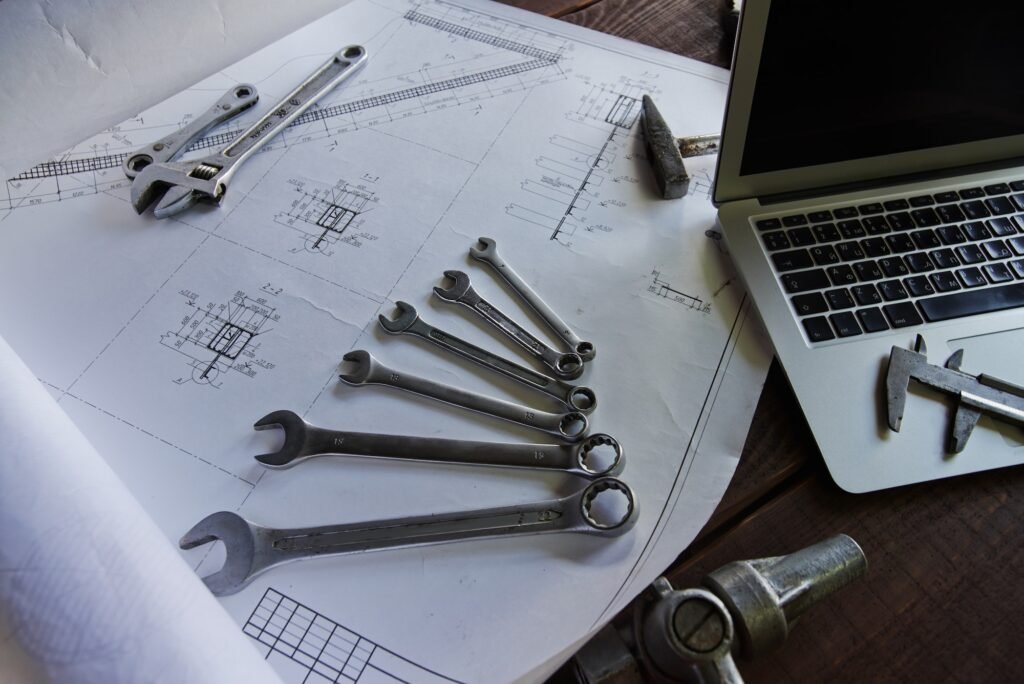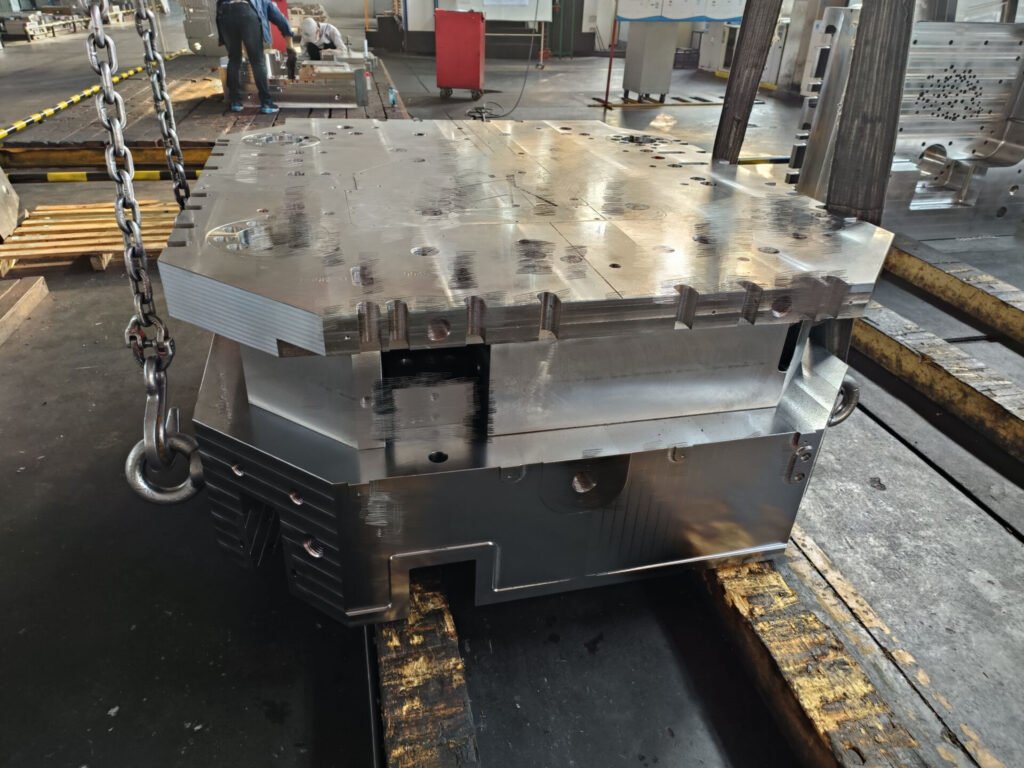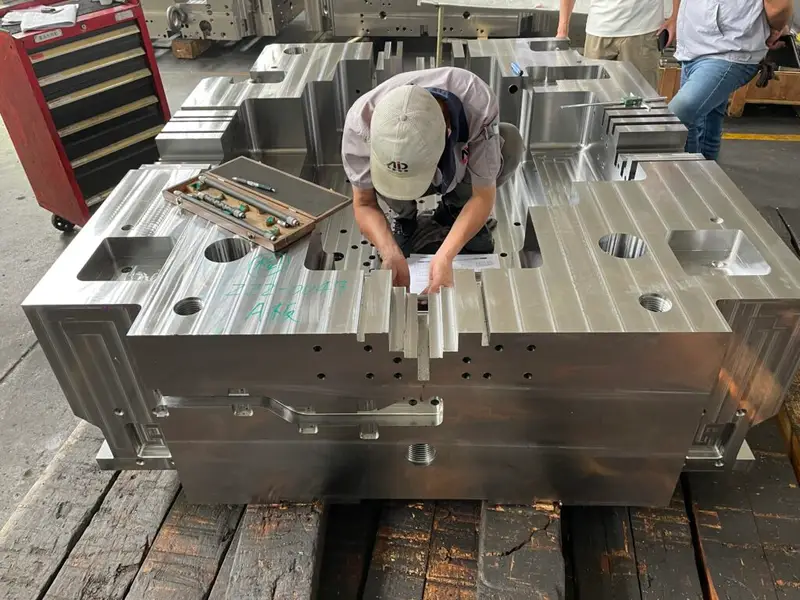Tired of long shipping delays from China? Your urgent cargo is stuck at sea for months, causing project headaches and client complaints. This uncertainty is costing you time and money.
For Less-Than-Container-Load (LCL) shipments to Europe, rail freight is significantly faster than sea freight, often cutting transit time by more than half. While slightly more expensive than sea, rail offers a reliable, cost-effective alternative to air freight for urgent goods, effectively balancing speed and budget.
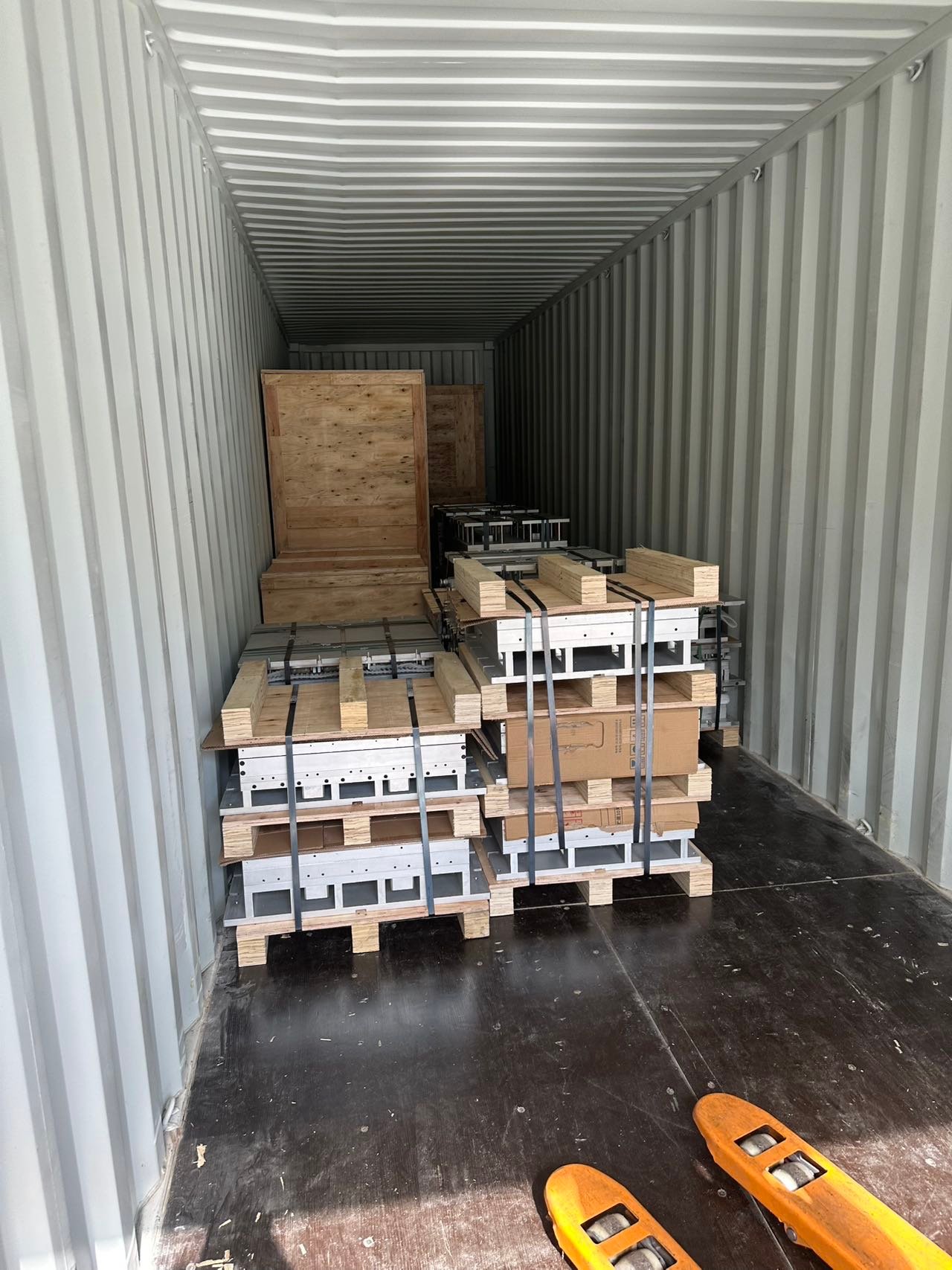
I've seen this issue pop up more and more with our European partners over the past couple of years. A mold base that's crucial for a new production line gets held up, and suddenly the whole project timeline is at risk. It's a frustrating situation for everyone. This is why we started exploring and recommending alternative shipping methods more seriously. If you're wondering whether rail freight is the right choice for your next shipment, let's break down the details so you can make an informed decision.
Is rail freight really that much faster than sea freight?
You approved a shipment weeks ago, but it's still somewhere on the ocean. The constant tracking checks and lack of clear updates are stressful. Your production schedule can't afford these delays.
Yes, rail freight is much faster. A typical LCL sea shipment to Europe can take 60 days or more, door-to-door. In contrast, the China-Europe Express Railway1 can deliver your goods in about 25-35 days, dramatically shortening your supply chain and improving project predictability.
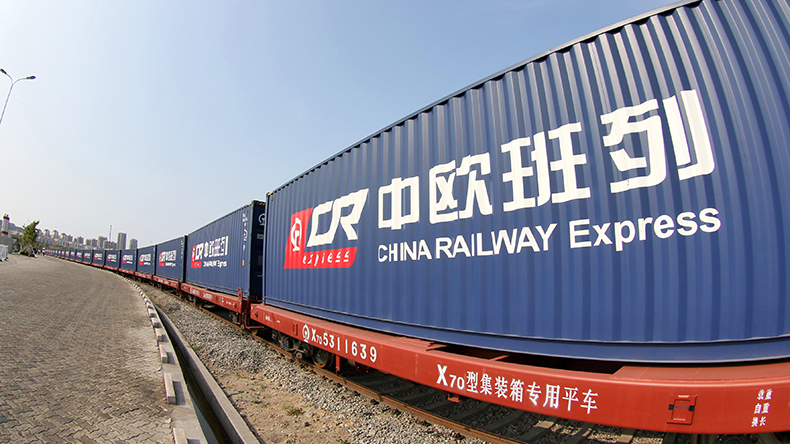
I remember a client in Germany who was waiting for a set of medium-sized mold bases. The project was on a tight schedule. They initially chose LCL sea freight to save on costs. However, the shipment ended up taking nearly 70 days to arrive. This delay caused a huge knock-on effect on their production trials.
After that experience, for their next urgent order, we suggested the China-Europe Express Railway. The goods left our factory, were loaded onto a train in Xi'an, and arrived at the rail terminal in Hamburg in just 20 days. Local delivery only took another five days. The total time was less than 30 days. The client was relieved and could move forward without further disruptions.
Comparing Transit Times: Rail vs. Sea
To give you a clearer picture, let's compare the typical timelines for a door-to-door shipment from China to Germany.
| Stage of Transit | LCL Sea Freight (Days) | LCL Rail Freight (Days) |
|---|---|---|
| Factory to Port/Rail Yard | 3-5 | 7 (1-2 days transportation) |
| Port/Yard Waiting & Loading | 7-10 (around 3 departures weekly) | 3-5 (twice weekly departures) |
| Main Transit (On Sea/Rail) | 35-45 | 18-22 |
| Destination Unloading & Customs | 5-10 | 3-5 |
| Final Delivery | 5-7 | 5-7 |
| Total Estimated Time | 55-77 Days | 36-46 Days |
As you can see, the time saved with rail freight is substantial. It cuts out the long ocean journey and reduces waiting times at ports, making your entire supply chain more agile and responsive. For time-sensitive projects, this difference is a game-changer.
How do rail and sea freight costs compare for LCL shipments?
You need your shipment to arrive faster, but your budget is tight. Air freight is just too expensive, and you worry that a faster option like rail will break the bank.
Rail freight costs for LCL are very competitive. It is typically only 1.1 to 1.6 times the price of LCL sea freight. More importantly, it costs around one-third of what you would pay for air freight, making it an excellent middle-ground solution for urgent shipments.
| Shipping Method | Typical Door-to-Door Transit | Cost Factor (vs. Sea) |
|---|---|---|
| LCL Sea Freight | 55-77 Days | 1x |
| LCL Rail Freight | 36-46 Days | 1.1x - 1.6x |
| Air Freight | 7-10 Days | 3x - 5x+ |
When we first started suggesting rail freight to our clients, cost was their primary concern. Many assumed it would be prohibitively expensive, much like air freight. They were surprised when we showed them the actual quotes. It helped them see rail transport not as an expense, but as an investment in predictability.
For one project, a client in the automotive sector needed a custom mold base for a prototype. A two-month shipping delay with sea freight would have cost them dearly in missed deadlines. Air freight was quoted at over $15,000. Rail freight came in at around $2,600, while sea freight was about $1,600. Paying an extra $1,000 to save over a month of transit time was an easy decision for them.
| Shipping Method | Cost | Example Weight |
|---|---|---|
| Air Freight | $15,000+ | 2,900 KG |
| Rail Freight | $2,600 | 2,900 KG |
| Sea Freight | $1,600 | 2,900 KG |
Cost vs. Speed: Finding Your Balance
Let's break down the cost structure to understand where your money goes. The key is to look at the total value, not just the freight price.
| Shipping Method | Typical Cost Factor (vs. Sea) | Best For |
|---|---|---|
| LCL Sea Freight | 1x | Non-urgent cargo, lowest budget priority. |
| LCL Rail Freight | 1.1x - 1.6x | Urgent cargo, balanced budget and speed. |
| Air Freight | 3x - 5x (or more) | Extremely urgent, high-value, small items. |
By choosing rail, you are paying a small premium for a massive gain in speed and reliability. For many businesses, the cost of a one-month production delay—including storage, staff downtime, and potential penalties—far exceeds the modest price increase of rail freight over sea freight. It's the smart choice when time is money.
Are there any special requirements for rail freight?
You're ready to try rail freight, but you're worried about hidden rules or limitations. What if your cargo is too big or too heavy? You need to know the constraints before you commit.
The main thing to watch for with LCL rail freight is a weight limit on single items. Generally, individual pieces should not exceed 3 tons. If a single item is heavier, it can still be shipped, but you will need to pay an additional oversize fee.
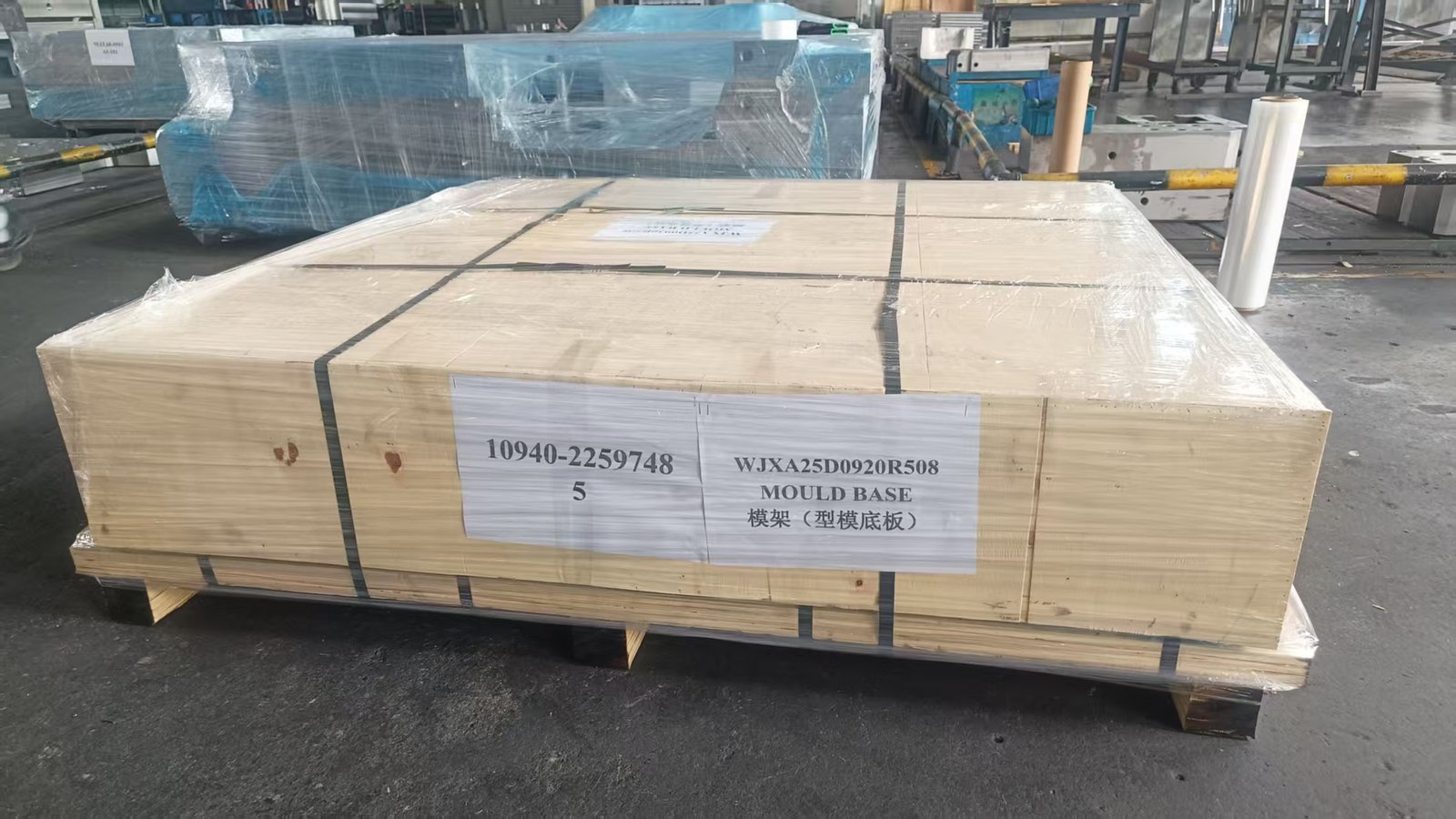
This is a practical detail we always confirm with our clients upfront. As a mold base manufacturer, many of our products are heavy. While our entire mold bases are far too large for LCL rail, many of our medium and small-sized mold plates fall near this 3-ton threshold.
We had a case where a client ordered a mold plate that weighed 3.2 tons. We informed them about the rail freight rules. The forwarder quoted an oversize fee of $200 for that single piece. We presented this cost to the client clearly. They compared the small extra fee to the value of getting the mold plate a month earlier and quickly approved it. It’s all about clear communication.
Key Considerations for Rail Freight
To ensure a smooth process, keep these points in mind when planning a rail shipment.
- Weight Limit: As mentioned, the soft limit for a single piece is often around 3 tons. Anything over this may incur an oversize fee, typically between $150 and $200 per piece. Always confirm with your freight forwarder.
- Packaging: Your goods must be securely packed in sturdy, stackable crates. The journey involves vibrations and movements, so robust packaging is essential to prevent damage.
- Commodity Type: Some goods, like certain liquids or hazardous materials, may have restrictions. Standard industrial parts like our mold bases are perfectly fine.
- Planning: While rail services have two departures per week, and sea routes typically have around three, it's good to book space in advance to align with the schedule and avoid delays.
By being aware of these simple requirements, you can easily take advantage of the speed and reliability that rail freight offers.
Conclusion
Choosing rail freight over sea for LCL shipments is a smart move for time-sensitive projects. It offers a reliable, fast, and cost-effective way to get your goods from China to Europe.
References:
Discover how this railway can significantly reduce shipping times from China to Europe. Visit the [China-Europe Express Railway](https://www.crexpress.cn/zoblmenu/en/trainsintroduction). ↩

